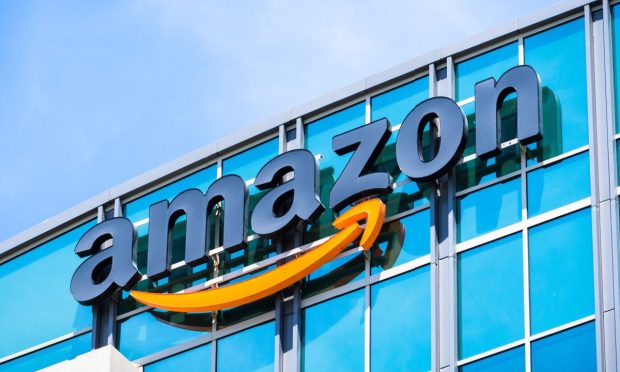Amazon Sidewalk Challenges Developers to ‘Build the Next Billion Connected Devices’

It’s been four years since Amazon first announced plans for its Amazon Sidewalk low-bandwidth IoT connectivity project.
Now, the eCommerce and device giant is finally rolling out the network to innovators to “build the next billion connected devices.”
After mostly vanishing from the connected discourse since 2021, rumblings about the project began anew at the 2023 CES show. Then, Amazon announced Tuesday (March 28) that it has a test kit ready to go for developers, consumers and businesses to discover the extent of low-bandwidth coverage in their area and start innovating. But let’s back up. What is this thing?
In the announcement, Dave Limp, senior vice president of Amazon devices and services, said: “Many types of connected devices have been limited by the range of Wi-Fi and the cost of cellular technology, which has hindered the ability to connect devices like environmental sensors, leak detectors and smart locks. Sidewalk is designed to provide a secure, low-cost way to invent and connect a whole new range of devices…”
Limp said Amazon has “rapidly built out a long-range, low-bandwidth network that now covers more than 90% of the U.S. population, and this is an open invitation for developers to put it to the test.”
Sidewalk works by nipping small amounts of bandwidth from wireless networks all around us, including Bluetooth and even your neighbor’s Wi-Fi devices — assuming they also have an Amazon Ring, Echo, Halo or another smart home device — creating and sustaining your connection even if your home internet or Wi-Fi goes down, or you’ve just got a very weak signal from your living room router to the connected grill in your backyard.
It’s been compared to Apple’s “Find My” low-bandwidth feature that locates lost iPhones by invisibly using other Apple devices in the vicinity as nodes to ping your lost device.
Amazon has essentially cobbled together a new data network in some ways akin to cellular but just barely, built instead for low-bandwidth uses like pet trackers and doorbell cameras, keeping home sensors online even if Wi-Fi is weak or unavailable.
In one description, the company said: “Amazon Sidewalk anonymously connects smart devices together and creates a highly reliable shared community network that you can use to create more cost-effective connected solutions.”
As for business uses, Amazon Sidewalk has applications from package delivery tracking to ensuring that home health monitors always maintain a network connection. In its original beta version, Amazon devices were automatically set to support Sidewalk, but pushback on that forced Amazon to make participation opt-in.
Partners announced March 28 include Nordic Semiconductor, Silicon Labs, Texas Instruments, module vendor Quectel, sensor maker Netvox, logistics data firm OnAsset, and remote door lock maker Primax.
AWS IoT Core for Amazon Sidewalk provides additional cloud support for the new network. Yasser Alsaied, vice president of IoT at Amazon Web Services said in the announcement that “the integration of AWS IoT Core and Amazon Sidewalk marks a significant milestone for developers, manufacturers and customers, streamlining the design, connection and deployment of Amazon Sidewalk based IoT solutions. Now, with AWS IoT Core for Amazon Sidewalk, developers can access more than 200 AWS services to build scalable solutions on top of a highly reliable, secure and free-to-connect wireless network.”

